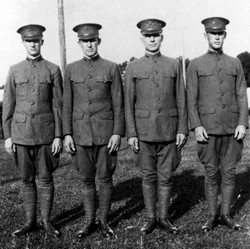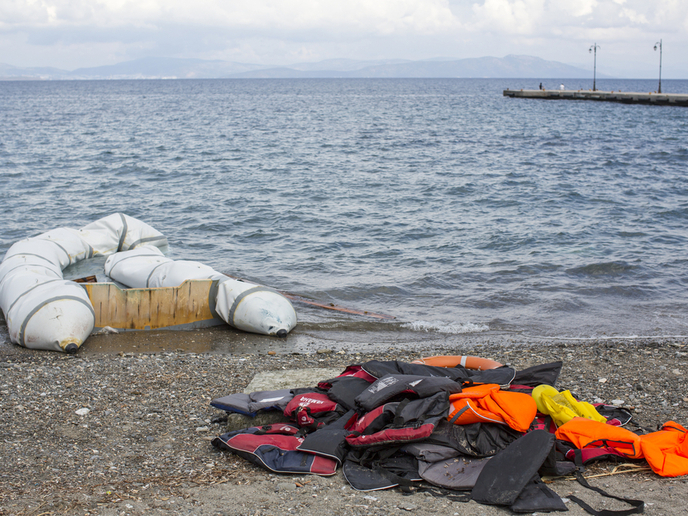Urban transition from war to peace
In the aftermath of WWI, European cities needed to rebuild their communities. Unlike previous studies, the EU-funded interdisciplinary URBAN RECOVERY 14-39 (Rebuilding European lives. The reconstitution of urban communities in inter-war Europe (1914-1939)) project explored neglected aspects of conventional reconstruction approaches. Aiming to produce an urban history of the transition from war to peace, this longitudinal study examined communities affected by military involvement in Belgium and France. Among other topics, the resettlement of war veterans and refugees was thoroughly examined. The research built on recent studies and covered the areas of sociology, urban planning, archaeology and anthropology. Objectives included enhancing the study of conflict and post-war stabilisation, urban history and the use of relevant geographical information systems. While most researchers traditionally focus on the economic side of post-war reconstruction in western Europe, URBAN RECOVERY 14-39 studied communities that invested considerable time and energy in their rebuilding and resettling efforts. To achieve its aims, the project team conducted an analysis of relevant primary sources that it had methodically collected and researched. A comprehensive literature review was completed and project results disseminated via public engagements and discussions. The research results show how the reconstruction process goes beyond dealing with the urban consequences of war. Rather, it can be considered as the contested continuation of wartime mobilisation in the aftermath of the conflict. Project findings can be useful in integrating various experiences through the systematic use of comparative and transnational frameworks. By reconsidering both the geography and chronology of the reconstruction, URBAN RECOVERY 14-39 has contributed significantly to the historiography of inter-war Europe. These conclusions and outcomes can be very interesting for museums and cultural institutions commemorating WWI. Lastly, positioning the war in the wider history of urban disasters could be useful for humanitarian organisations and policymakers who address urban catastrophes within and outside Europe today.







